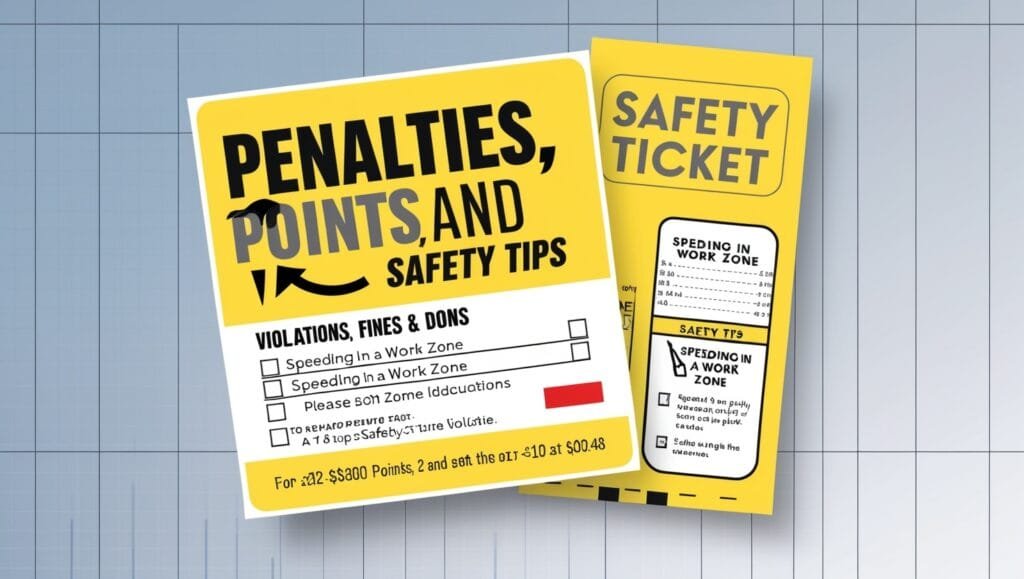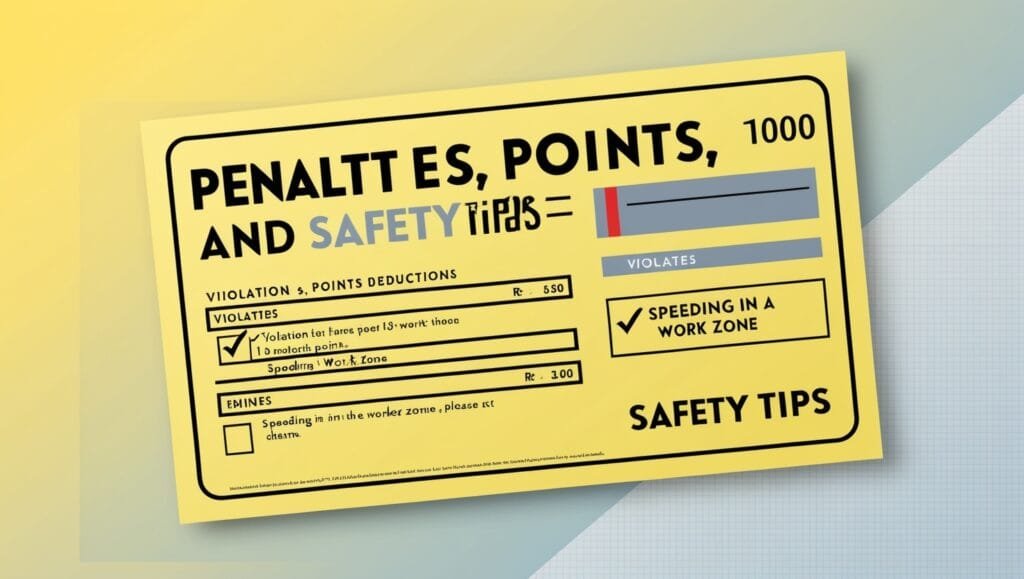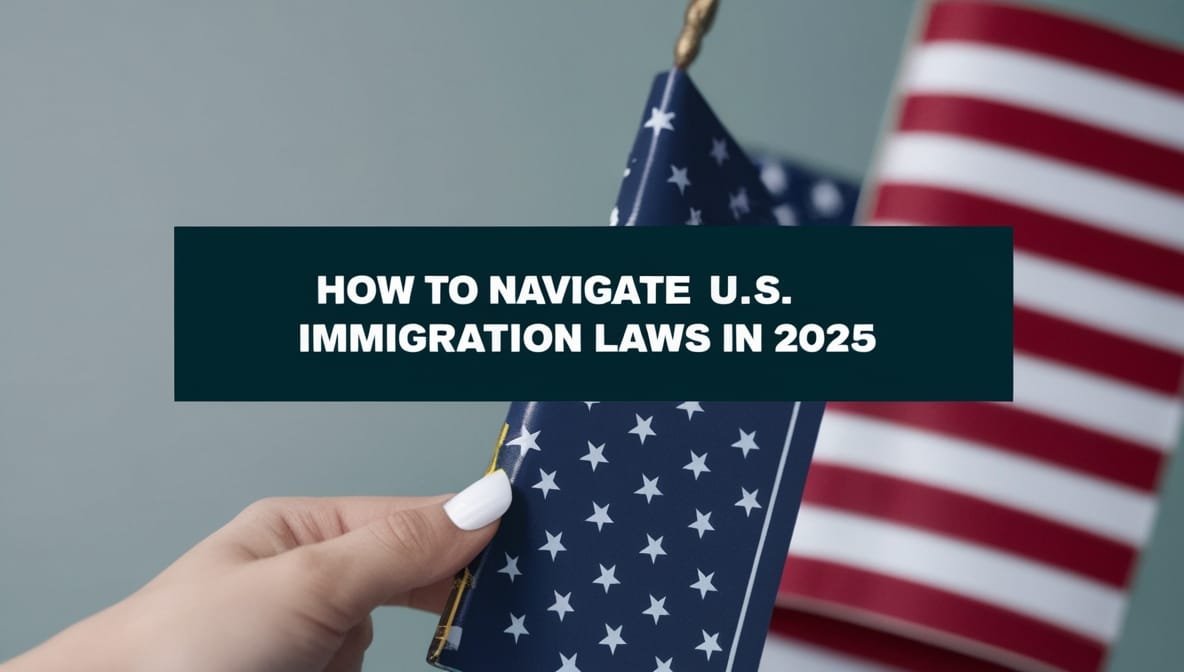A traffic ticket for speeding in a work zone – Speeding in work zones is a serious offense with severe consequences across the United States. As infrastructure improvement projects increase, understanding the financial and safety implications of speeding in these areas is crucial for all drivers. This article explores fines, driving record penalties, and important safety considerations when navigating work zones.
Financial Penalties for Speeding in Work Zones

Speeding fines in work zones are often significantly higher than those for regular speeding violations. The penalties vary by state, but general ranges include:
- 1–10 mph over the limit: $178–$393
- 11–20 mph over the limit: $268–$693
- 21–30 mph over the limit: $568–$993
- 31–40 mph over the limit: $898–$1,743
- 41+ mph over the limit: $1,123–$1,968
In many states, these fines double when workers are present. For instance, in New York, fines range from $90 to $600 depending on the speed violation, with additional surcharges that increase the total cost.
Points on Driving Records

Aside from financial penalties, speeding in work zones can lead to points being added to a driver’s record, which can accumulate and potentially result in license suspension. A typical point system may look like this:
- 1–10 mph over the limit: 3 points
- 11–20 mph over the limit: 4 points
- 21–30 mph over the limit: 6 points
- 31–40 mph over the limit: 8 points
- 41+ mph over the limit: 11 points
Each state has its own point system and penalties, so it’s important to be aware of local traffic laws.
The Safety Risks of Work Zone Speeding
Work zones are inherently hazardous due to the presence of workers, heavy machinery, and changing traffic patterns. According to statistics, approximately 40,000 people are injured each year in work zone collisions. Adhering to posted speed limits and staying alert is critical for preventing accidents.
Key Safety Tips for Work Zones:
- Slow down as you approach work zones, even if workers aren’t visible.
- Follow all posted speed limits and warning signs.
- Keep a safe distance from other vehicles.
- Stay alert for sudden stops or lane shifts.
- Avoid distractions, including using your phone, while driving.
Conclusion
Speeding in work zones endangers workers, other drivers, and yourself. Beyond the safety risks, the financial penalties and potential driving record consequences can be severe. By understanding these risks and adopting safe driving habits, motorists can help ensure safer roads for everyone. Stay cautious and vigilant when driving through areas under construction to protect lives and avoid costly repercussions.






